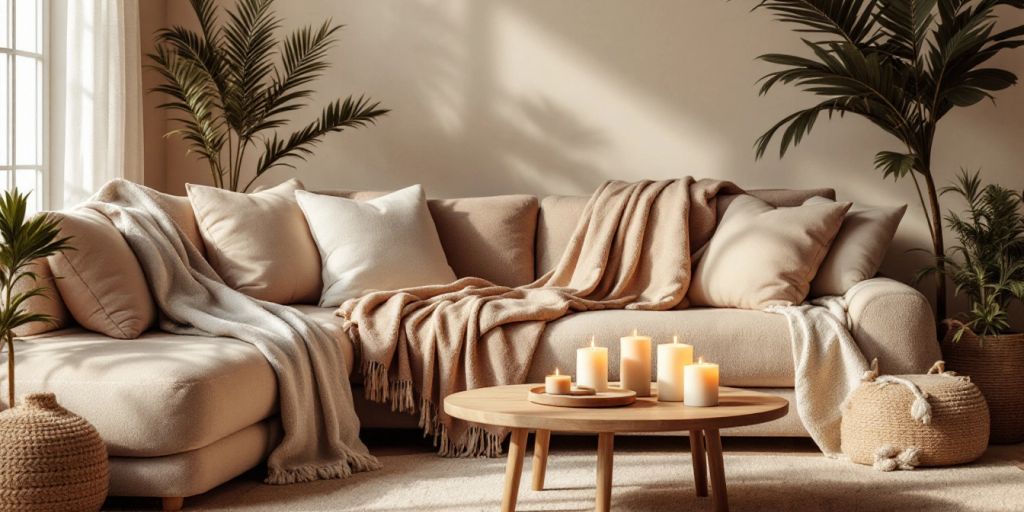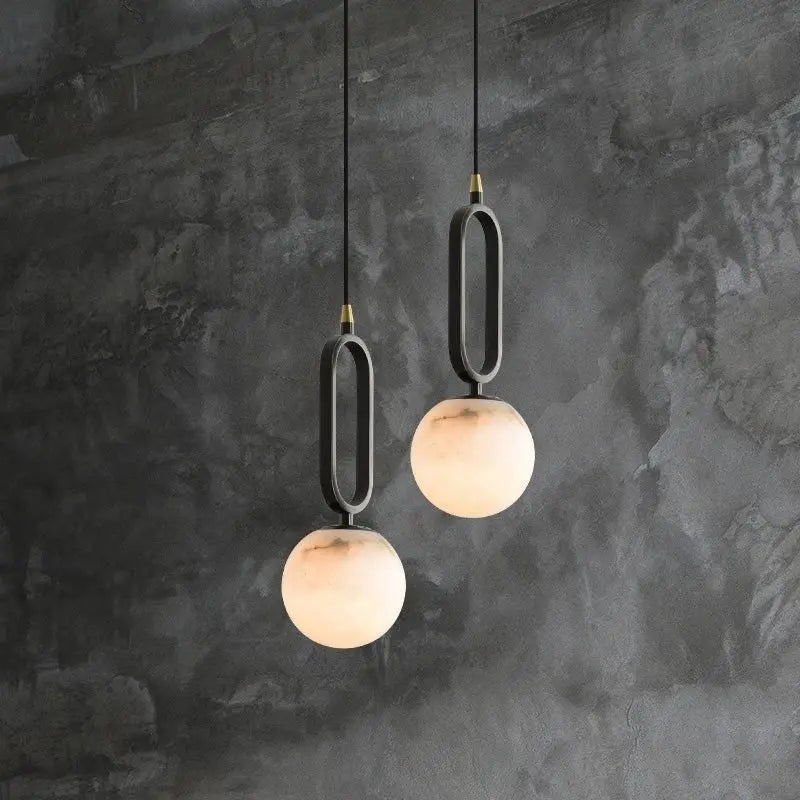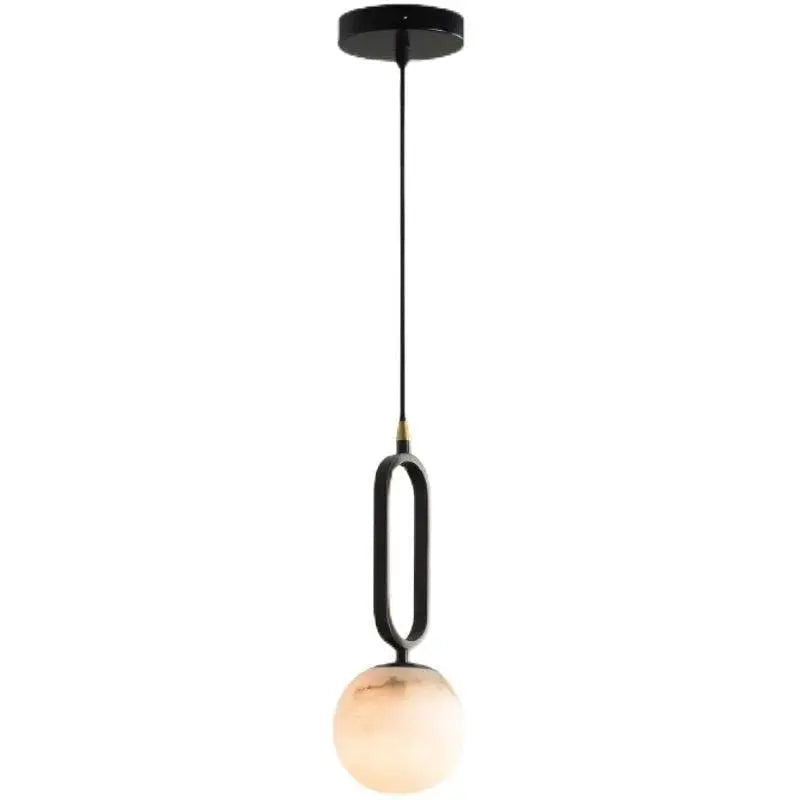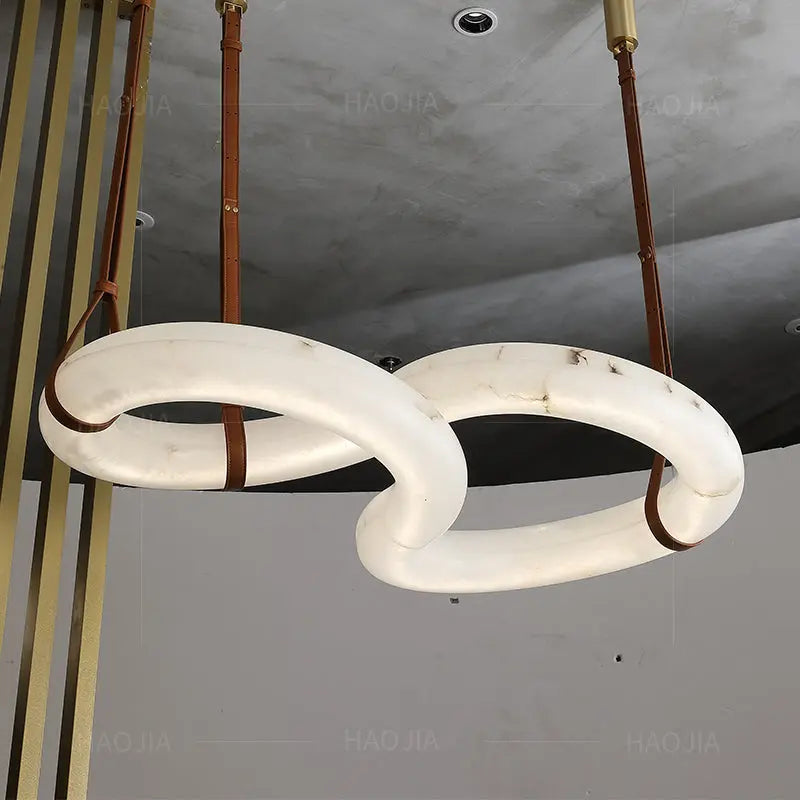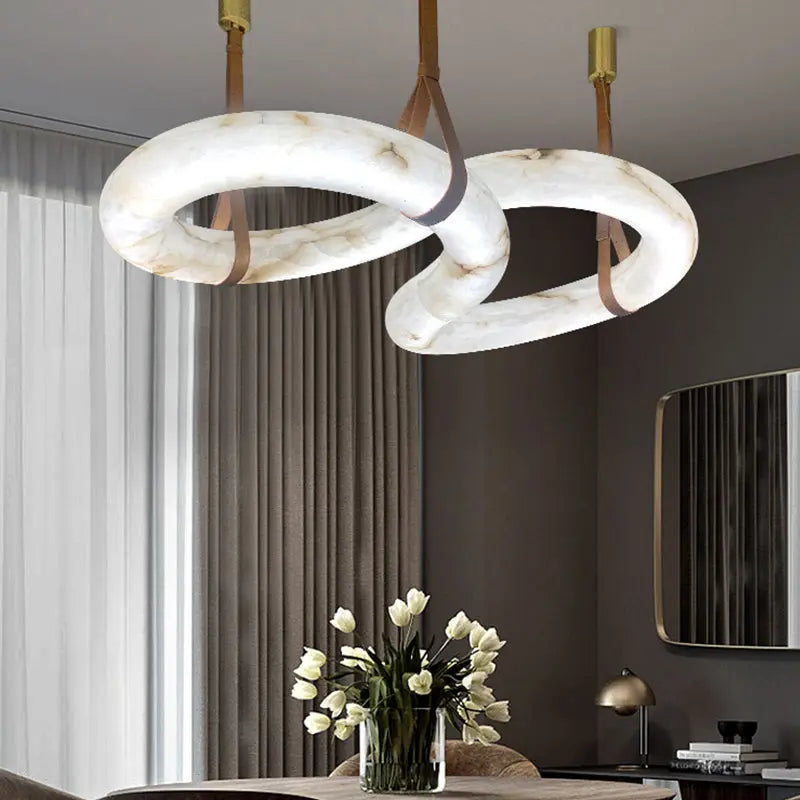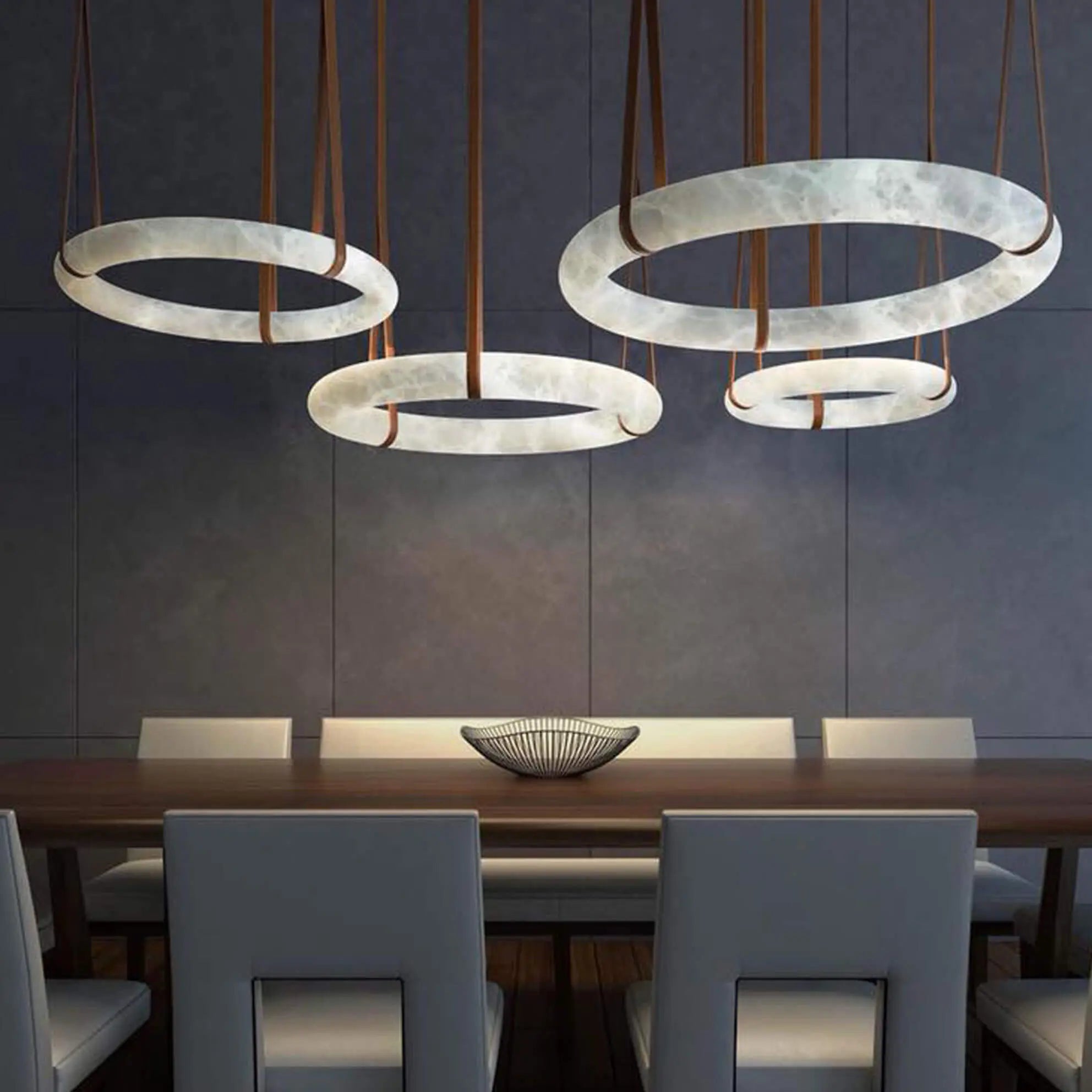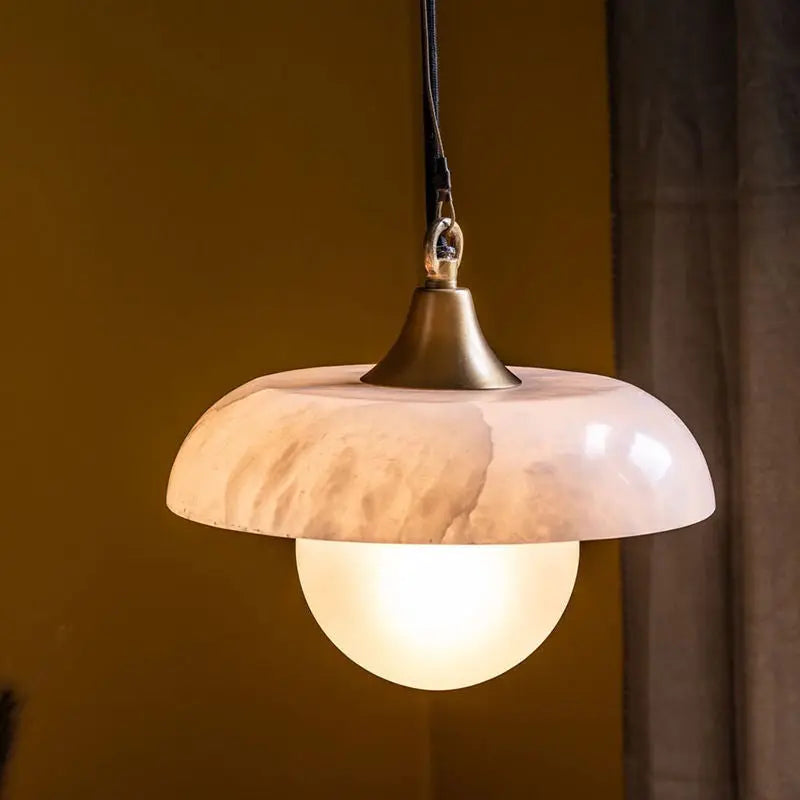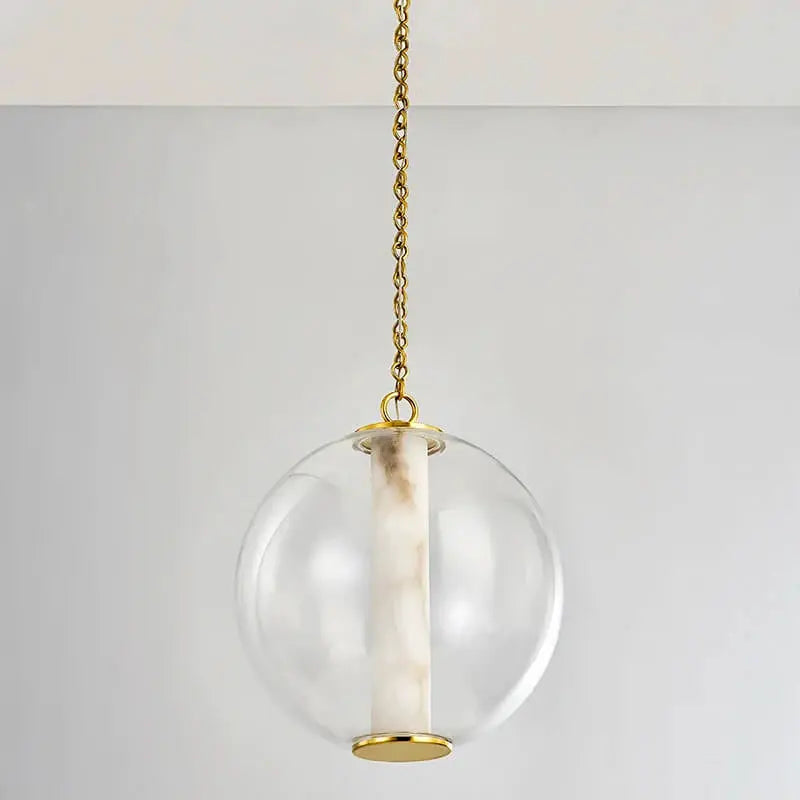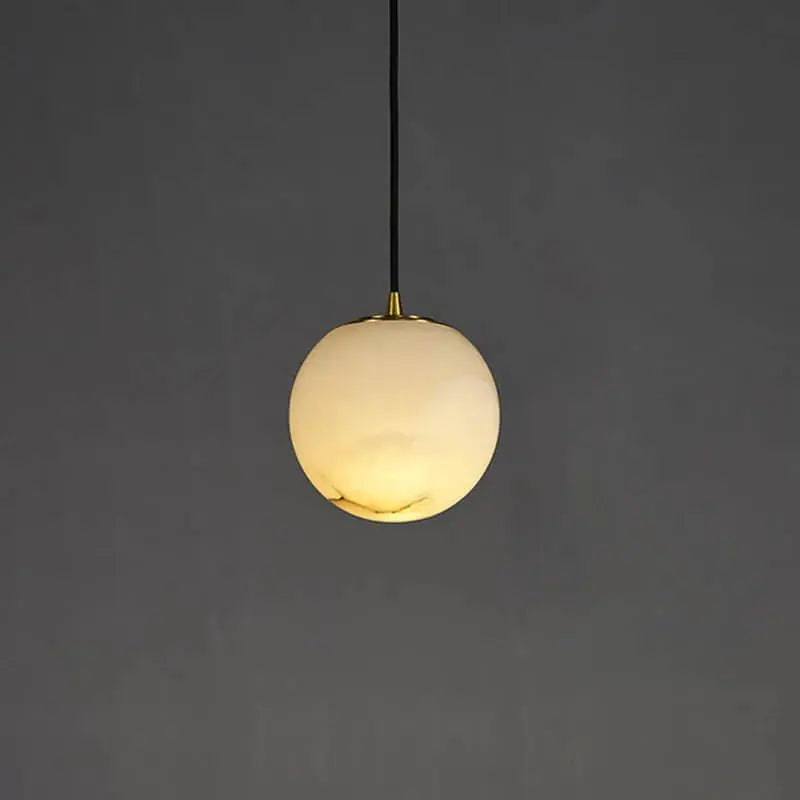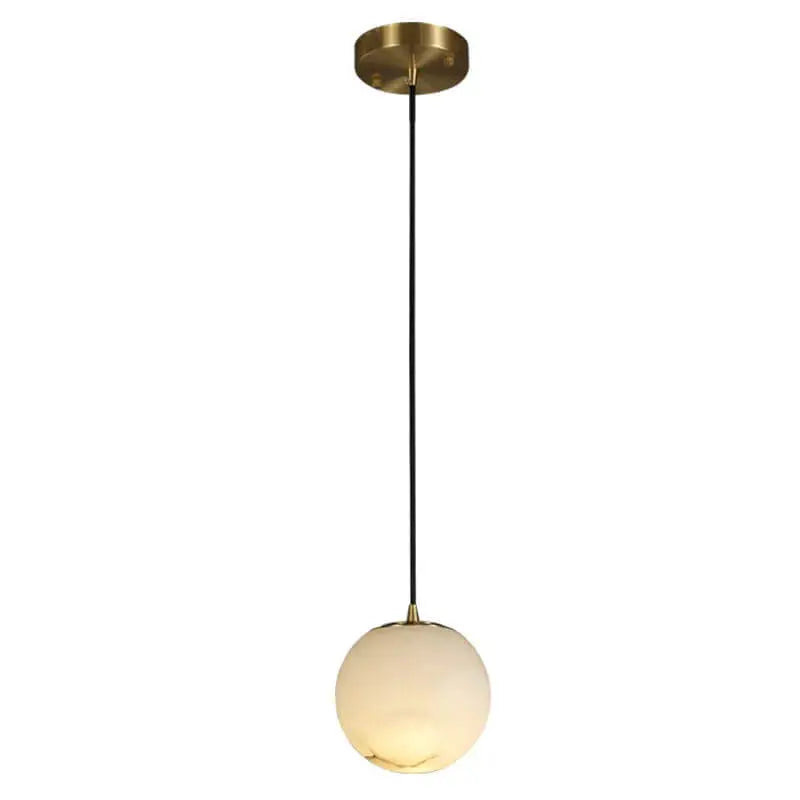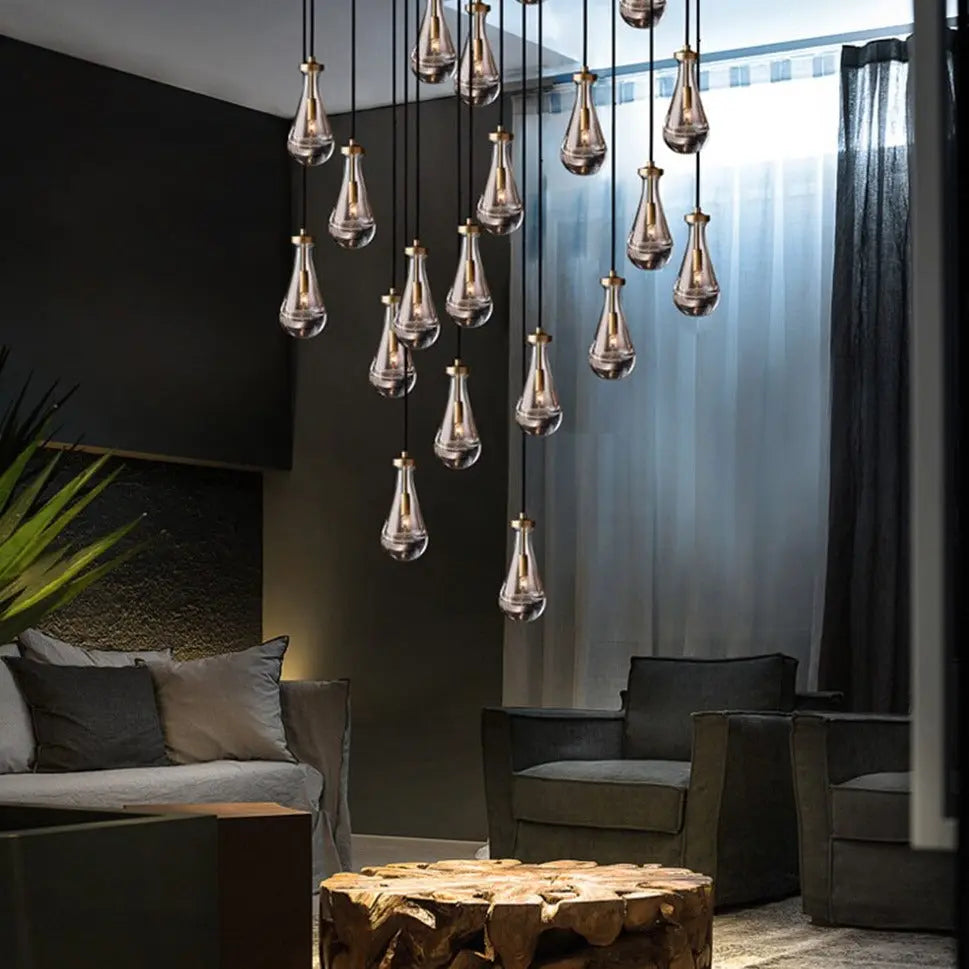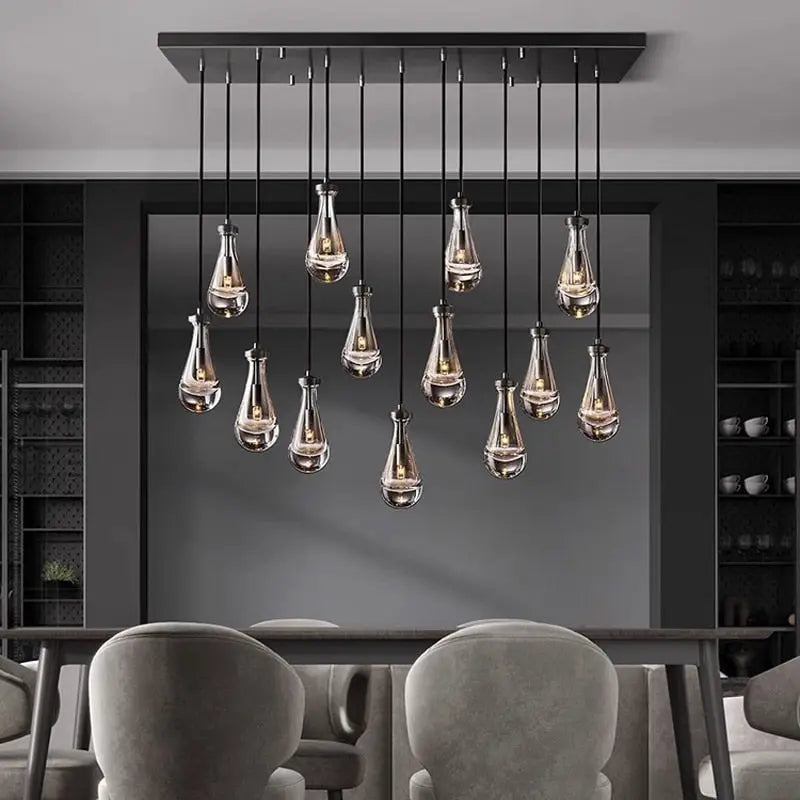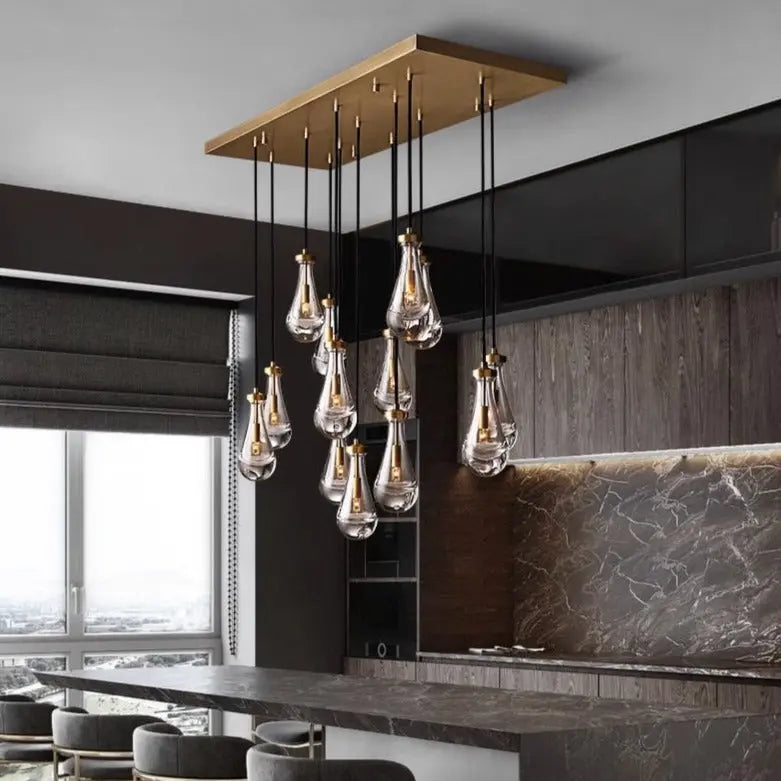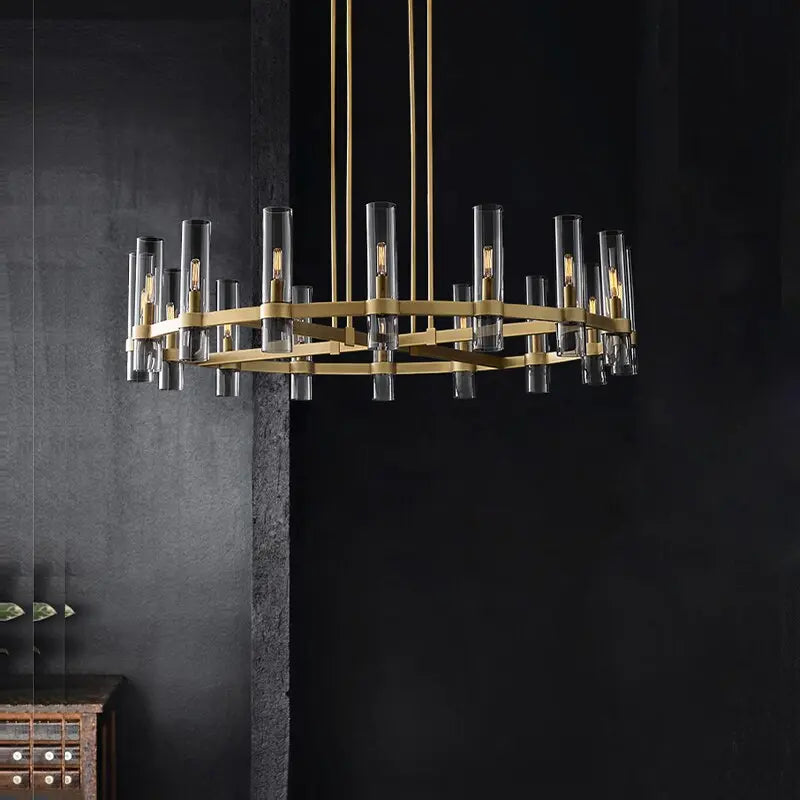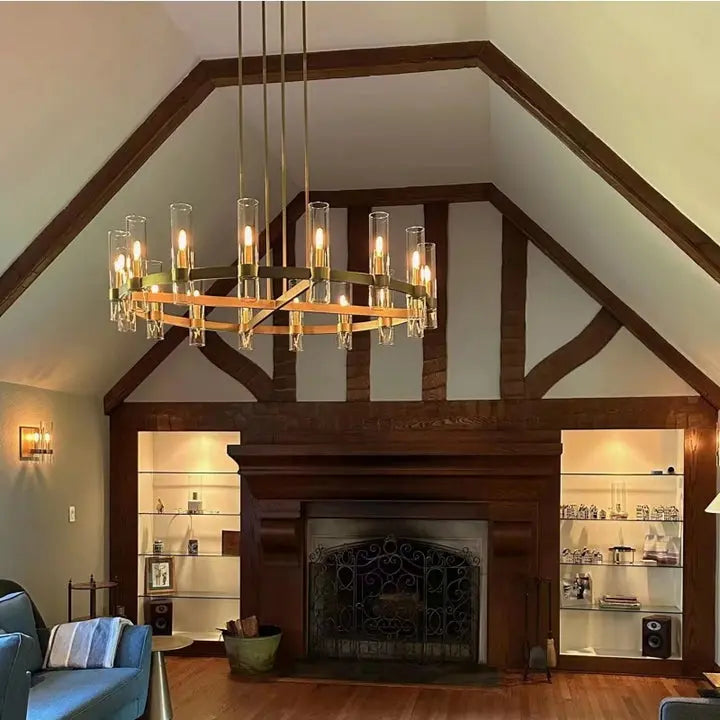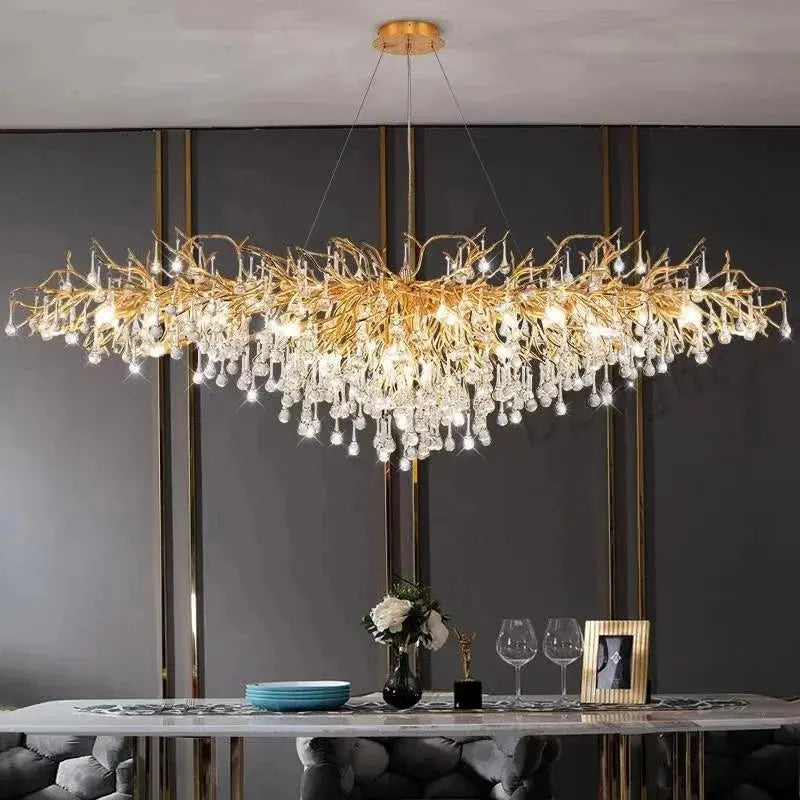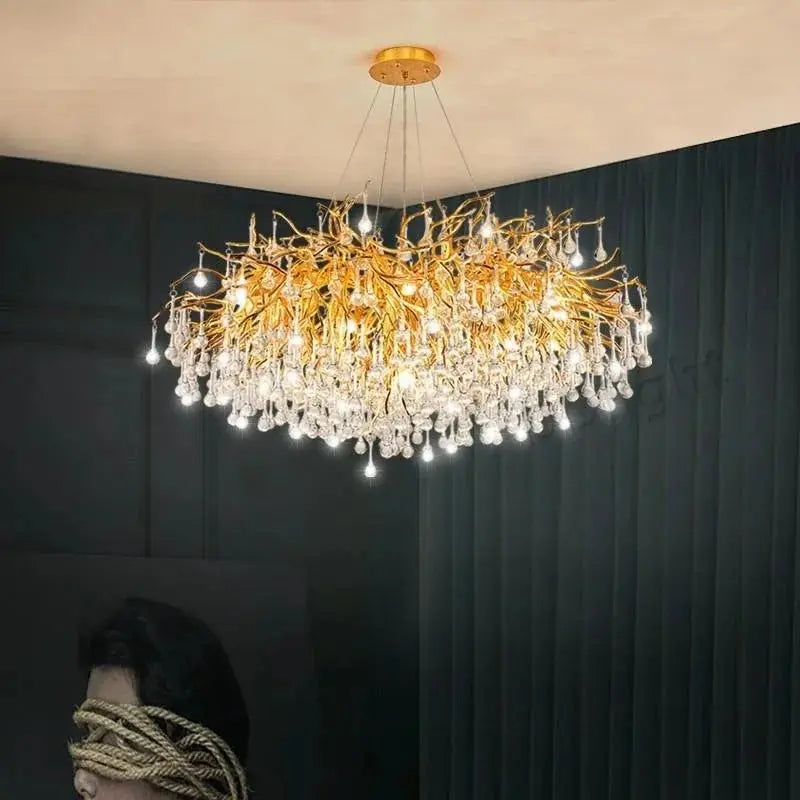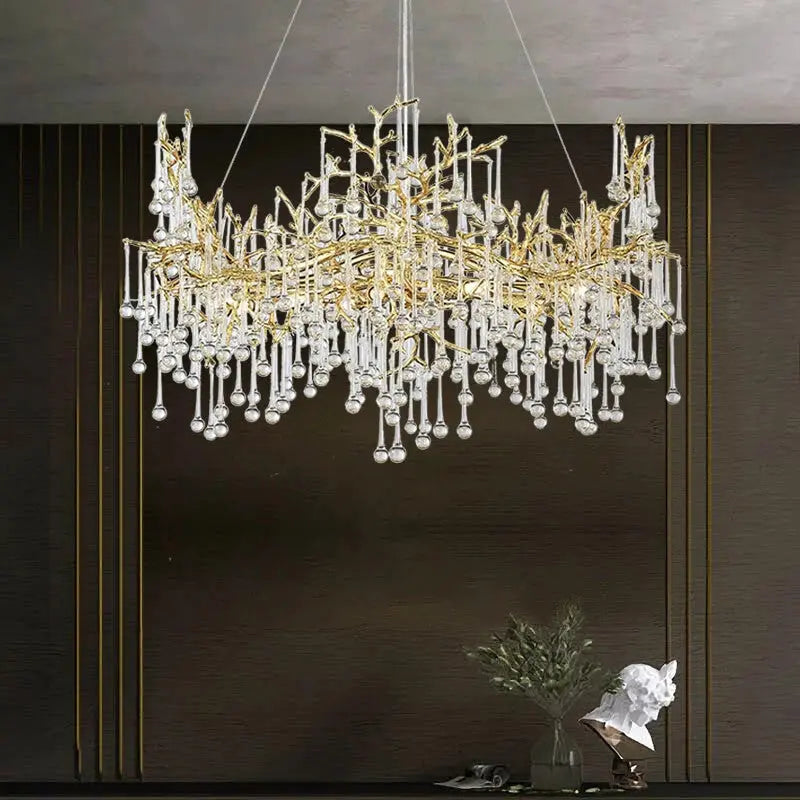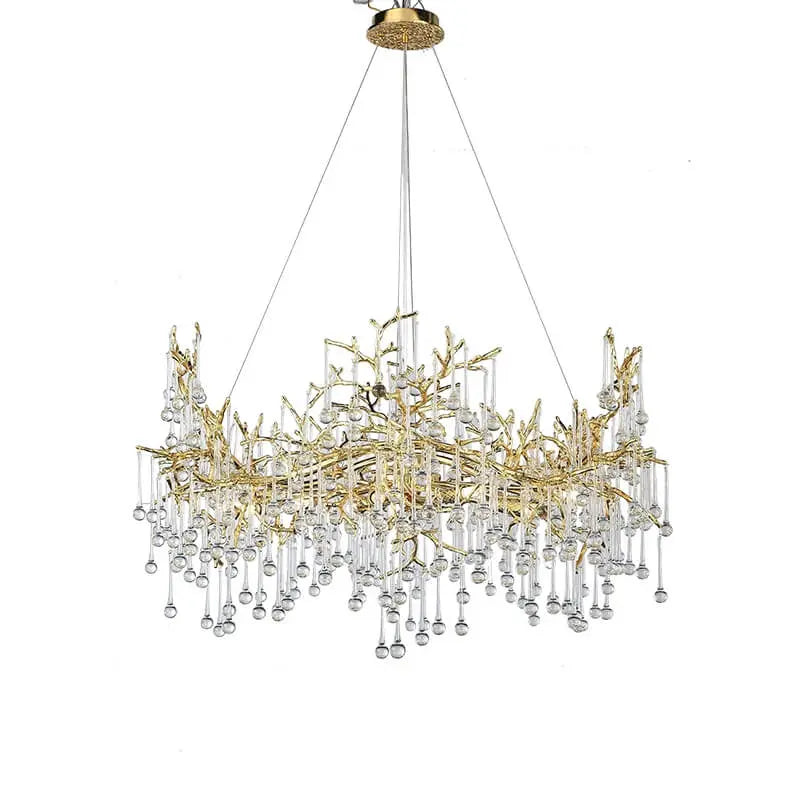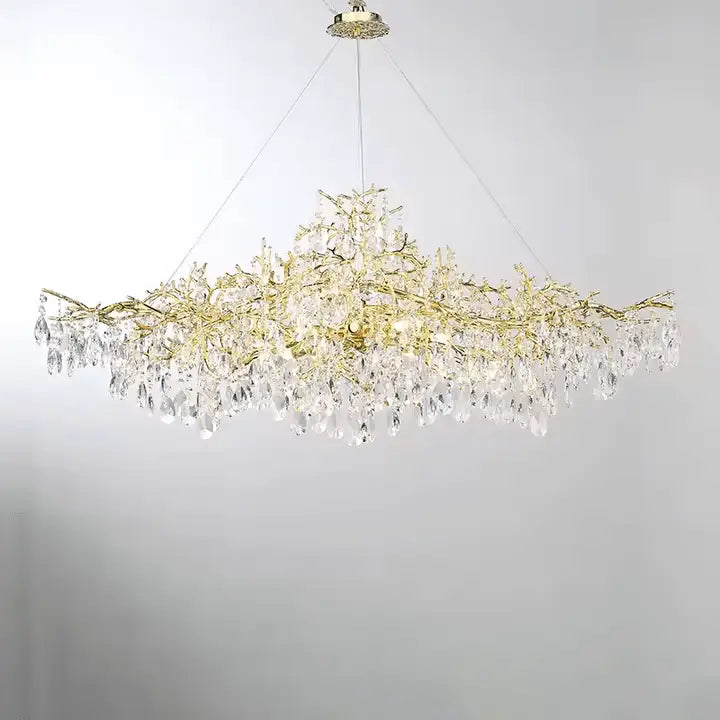Creating a cozy atmosphere in your home can be achieved through transitional decor, which blends traditional and modern styles. This approach allows you to create spaces that are inviting and stylish. Here are some key tips to help you master transitional home decor.
Key Takeaways
- Choose the right lighting, like modern chandeliers, to enhance your space.
- Mix different textures through materials like wood, metal, and textiles for visual interest.
- Balance classic and modern elements using neutral colors and pops of color in accessories.
- Select furniture that serves multiple purposes to maximize functionality.
- Incorporate personal touches with unique decorative items that reflect your style.
Choosing the Right Lighting for Transitional Spaces
Creating the perfect ambiance in transitional spaces starts with selecting the right lighting. Here are some key aspects to consider:
Incorporating Modern Chandeliers
- A unique marble chandelier can serve as a stunning focal point.
- Opt for an elegant marble chandelier that complements your decor style.
- Consider a sophisticated marble chandelier for a touch of luxury.
Balancing Natural and Artificial Light
- Use sheer curtains to allow natural light while maintaining privacy.
- Combine energy-efficient homes lighting options with natural sources.
- Position mirrors strategically to reflect light and enhance brightness.
Using Statement Light Fixtures
- Choose statement fixtures that reflect your personal style.
- Look for designs that blend well with both modern and traditional elements.
- Incorporate smart homes technology for added convenience.
Lighting is not just about visibility; it’s about creating a mood and enhancing the overall feel of your space.
By thoughtfully selecting lighting, you can transform your transitional home into a warm and inviting environment that feels both modern and timeless.
Creating Visual Interest with Mixed Textures
Transitional spaces can feel flat unless we incorporate mixed textures. By blending smooth surfaces and textured elements like textiles, rugs, and drapes, you can create a tactile space that is exciting to the eye and touch. Here are some ways to achieve this:
Blending Smooth and Textured Surfaces
- Use a variety of materials such as wood, metal, and glass.
- Incorporate soft furnishings like pillows and throws to add comfort.
- Choose rugs with different patterns to enhance visual interest.
Adding Focal Points with Artwork
- Select artwork that contrasts with the surrounding decor.
- Use frames that add texture, such as wood or metal.
- Position art pieces at eye level for maximum impact.
Incorporating Textiles, Rugs, and Drapes
- Layer rugs to create depth and warmth in the room.
- Choose drapes that allow natural light while adding softness.
- Mix different fabric textures to create a cozy atmosphere.
By combining these elements, you can achieve a well-balanced and visually appealing transitional interior design. Incorporating unique textures not only enhances the aesthetic but also invites a sense of comfort and warmth into your home.
Achieving Balance with Classic and Modern Elements
Layering Traditional and Contemporary Furniture
To create a harmonious space, layering is essential. Start with a neutral color palette as your base. Then, mix traditional furniture pieces with clean lines from contemporary styles. This combination helps to achieve a balanced look that feels both classic and modern.
- Choose a neutral base: Use colors like beige, gray, or white.
- Incorporate traditional pieces: Look for items like wooden tables or classic chairs.
- Add modern accents: Include sleek, contemporary items like metal or glass decor.
Using Neutral Color Palettes
A neutral color palette is key in transitional design. It allows for flexibility and creates a calm atmosphere. Here’s how to effectively use neutral colors:
- Select a main color: Choose a soft shade for walls.
- Add depth with darker tones: Use darker shades for furniture or accents.
- Incorporate textures: Mix materials like wood, metal, and fabric to add interest.
Introducing Pops of Color Through Accessories
Accessories are a great way to introduce color without overwhelming the space. Here are some ideas:
- Use colorful throw pillows: They can easily be changed out.
- Incorporate artwork: Choose pieces that feature vibrant colors.
- Add decorative objects: Items like vases or sculptures can bring life to the room.
Transitional design is about finding the right balance between old and new. By thoughtfully combining elements, you can create a space that feels both inviting and stylish.
In summary, achieving balance in transitional decor involves layering different styles, using neutral colors, and adding colorful accessories. This approach creates a cohesive and inviting atmosphere that reflects both contemporary home design and mid-century modern home design.
Maximizing Functionality in Transitional Decor
Creating a cozy and functional space is essential in transitional decor. Here are some tips to help you achieve this balance:
Selecting Dual-Purpose Furniture
- Choose furniture that serves more than one purpose. For example, a coffee table with storage can keep your living area tidy.
- Look for sofas that can convert into beds for guests, making your space versatile.
- Consider ottomans that can double as seating and storage.
Incorporating Hidden Storage Solutions
- Use furniture with built-in storage, like benches or beds with drawers, to keep clutter at bay.
- Install shelves that blend into the wall to maintain a clean look while providing space for books and decor.
- Utilize under-bed storage for seasonal items or extra linens.
Strategic Use of Mirrors and Lighting
- Mirrors can make a room feel larger and brighter. Place them opposite windows to reflect natural light.
- Use layered lighting, combining ambient, task, and accent lights to create a warm atmosphere.
- Consider smart home design options for lighting that can be controlled remotely, enhancing both functionality and convenience.
In transitional decor, functionality and style go hand in hand. By choosing the right pieces, you can create a space that is both beautiful and practical.
By focusing on these elements, you can create a transitional interior that is not only stylish but also highly functional, making your home a comfortable and inviting place to live.
Infusing Personality with Transitional Accessories
Choosing Unique Decorative Objects
To make your transitional space feel personal, consider these unique decorative objects:
- Art pieces that reflect your style.
- Sculptures that tell a story.
- Family heirlooms that add history.
Mixing and Matching Different Styles
Don't be afraid to blend different styles! Here are some tips:
- Combine modern and traditional pieces.
- Use color to tie everything together.
- Keep a balance between bold and subtle items.
Showcasing Personal Collections
Show off what you love! Here’s how:
- Create a dedicated space for your collection.
- Use shelves or display cases to highlight items.
- Change the display seasonally for a fresh look.
Infusing your personality into your home makes it truly unique. By carefully selecting accessories, you can create a space that feels like you.
Incorporating these elements will help you create a cozy atmosphere that reflects your individuality. Remember, the key is to keep it balanced and harmonious while allowing your personal style to shine through!
The Role of Millwork in Transitional Design
Millwork is essential in creating a welcoming atmosphere in transitional spaces. It adds character and elegance, making your home feel complete. Here are some key aspects:
Adding Architectural Detail with Crown Molding
- Crown molding enhances the room's height and adds a classic touch.
- It can be painted in neutral colors to blend with the walls or highlighted for a striking effect.
- This detail works well in both industrial homes and more traditional settings.
Using Wainscoting and Trim
- Wainscoting adds depth and interest to walls, making them more visually appealing.
- Trim around doors and windows can be customized to match your furniture style, creating a cohesive look.
- This is especially effective in townhouse home design, where space is often limited.
Customizing Millwork to Fit Transitional Furniture
- Custom millwork allows for a perfect fit with your furniture, ensuring harmony in design.
- Consider using materials like wood, metal, and glass to create a balanced aesthetic.
- Industrial interior design often benefits from this mix, combining raw materials with refined finishes.
Millwork is not just about aesthetics; it also enhances functionality and comfort in your home. By carefully selecting and customizing these elements, you can create a space that feels both modern and timeless.
In summary, millwork plays a vital role in transitional design by adding elegance and functionality. Whether through crown molding, wainscoting, or custom pieces, it helps create a cozy and inviting atmosphere that reflects your personal style.
Harmonizing Materials and Textures
Creating a cozy atmosphere in transitional design involves harmonizing various materials and textures. This blend not only enhances the visual appeal but also adds depth to the space.
Combining Wood, Metal, and Glass
- Wood: Use wooden elements like coffee tables and shelves to bring warmth. Dark-stained wood can add a natural touch.
- Metal: Incorporate metal accents, such as brass lamp bases, to introduce a modern flair.
- Glass: Glass surfaces can reflect light, making the room feel more open and airy.
Using Upholstery to Add Comfort
- Choose upholstery that feels good to the touch, like soft velvet or durable linen.
- Mix different fabric textures in cushions and throws to create a layered look.
- Consider using bamboo lamps for a unique touch that complements the overall design.
Balancing Different Textural Elements
- Layer rugs with varying textures to define spaces and add comfort.
- Use drapes that allow natural light while providing a cozy feel.
- Incorporate decorative items that offer visual interest without overwhelming the space.
By thoughtfully combining materials and textures, you can create a space that feels both inviting and stylish, making it a true reflection of transitional design.
When it comes to creating a beautiful space, mixing different materials and textures can make a big difference. Think about how a shiny chandelier can look great with soft fabrics or rough wood. This mix not only adds interest but also makes your room feel cozy and inviting. Want to see how you can brighten up your home? Visit our website for amazing lighting options that fit any style!
Final Thoughts on Transitional Home Decor
In wrapping up, creating a cozy atmosphere with transitional home decor is all about blending the old with the new. This style allows you to mix traditional and modern elements, making your space feel warm and inviting. By using neutral colors, varied textures, and functional accessories, you can design a home that looks great and feels comfortable. Remember, it’s not just about how things look; it’s also about how they make you feel. So, whether you choose a classic chandelier or a sleek coffee table, make sure it reflects your personal style. With these tips, you can transform your home into a cozy haven that balances elegance and comfort.
Frequently Asked Questions
What is transitional home decor?
Transitional home decor is a style that mixes traditional and modern elements. It creates a balanced look that feels both classic and fresh.
How can I choose the right lighting for my home?
Look for light fixtures that match your style. Modern chandeliers can add a touch of elegance, while balancing natural light with lamps can create a cozy feel.
What are some ways to add texture to my space?
You can add texture by mixing different materials like wood, metal, and fabric. Using rugs, cushions, and artwork can also help create visual interest.
How do I balance classic and modern furniture?
Start with neutral colors for your walls and furniture. Then, mix traditional pieces with modern ones to create a harmonious look.
What are dual-purpose furniture pieces?
Dual-purpose furniture serves more than one function, like a sofa bed or an ottoman with storage. They help save space and keep your home organized.
How can I showcase my personality in my decor?
Use unique decorative objects, art, and accessories that reflect your style. Mixing different designs can also add a personal touch to your space.

